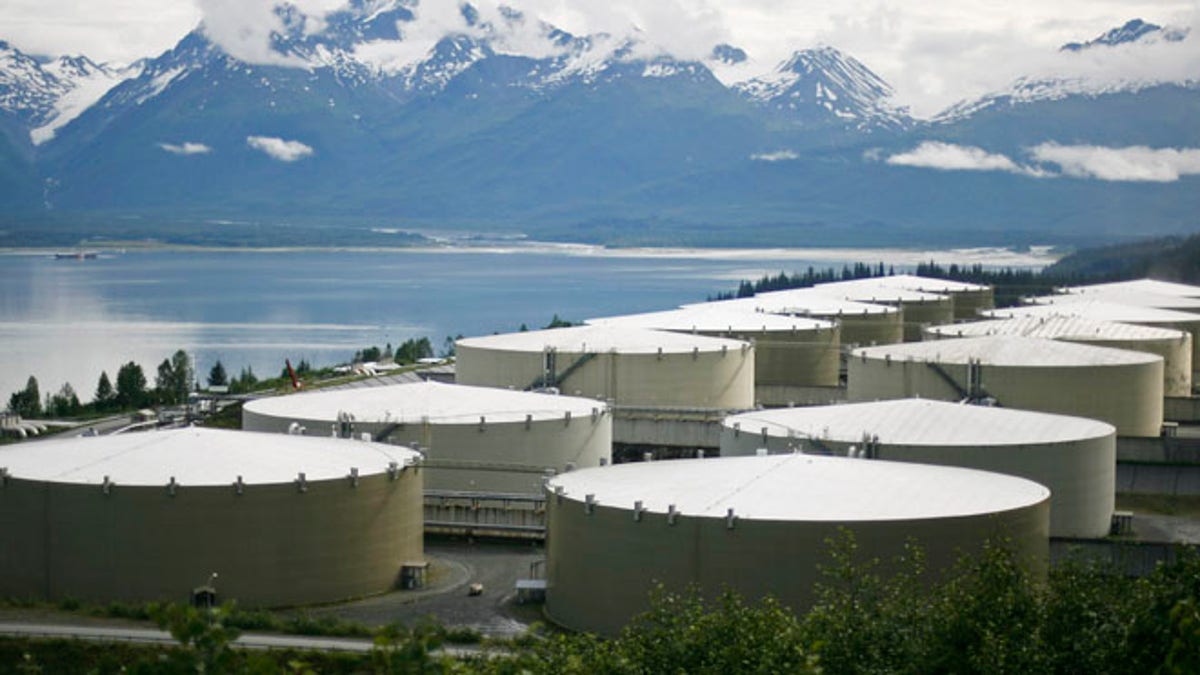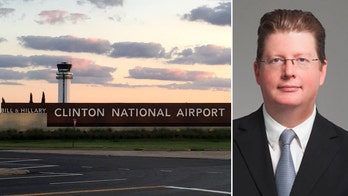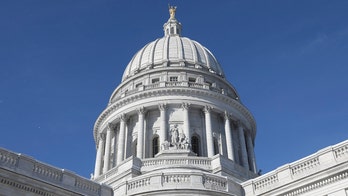
FILE: UNDATED: A field of oil storge tanks at the Trans-Alaska Pipeline Marine Terminal in Valdez, Alaska. (REUTERS)
The plunge in oil prices has given a needed break to drivers this holiday season, but it’s causing some real pain in states that rely on oil revenue to fuel their economies and shore up their budgets.
Perhaps nowhere is the impact more pronounced than in Alaska, where Gov. Bill Walker is proposing a raft of new taxes, including the first personal income tax in over three decades, along with budget cuts to offset the damage from the price drop for the oil-reliant state.
“This is a major paradigm shift in how the state of Alaska conducts business,” Walker said in a statement as he announced the plan in December. “That’s because we cannot continue with business as usual and live solely off of our natural resource revenues.”
The price of Brent crude in the United States has fallen below $40 a barrel – more than $30 lower than in May of 2015.
Alaska is a state so reliant on, and accustomed to, big oil revenue that residents share in the profits. In a sign of changing times, Walker’s plan would redirect some of that money to the government itself, making for smaller dividend checks for residents.
According to the Walker administration, the income tax component of the New Sustainable Alaska Plan could generate up to $200 million in revenue a year. Under the plan, the average Alaskan family would pay a rate of roughly 1 percent of their gross income. This would coincide with cuts for everything from obesity-focused education programs to grants for emergency communication.
“Never before has the state faced a deficit so large that we’re draining more than $9 million from savings every day,” Walker said in a statement. “Fortunately those who came before us had the wisdom to set aside money for a rainy day. Well, it’s raining now.”
Given the financial straits of the government, Walker, an independent, has garnered bipartisan support from lawmakers – but still faces reluctance on pursuing an income tax.
In a statement, House Operating Budget Chairman Mark Neuman, a Republican, said Walker “deserves credit for proposing some difficult options for filling our income gap.” Still, he said the plan could use more budget cuts. House Capital Budget Chairman Steve Thompson, also a Republican, echoed that critique and said he doesn’t want residents to pay an income tax “unless it’s absolutely necessary.”
Under the plan, taxes on the oil and other industries also would increase, as would alcohol and tobacco taxes.
Alaska is in a more vulnerable position than a big oil state like Texas, which enjoys a more diverse economy.
Chris Bryan, a spokesman for the Texas Comptroller of Public Accounts, told Fox News that while the state is projecting lower oil-and-gas tax revenue, “the state’s diverse economy coupled with a large beginning balance and a conservative budget from the 2015 Texas Legislature should allow the state to absorb this reduction in projected revenues.” He said the government is still predicting economic growth in Texas north of 2 percent for fiscal 2016 and 2017.
Yet in North Dakota, where an oil and gas revolution has transformed the state, the drop in prices also threatens to do significant damage.
A recent Moody’s Analytics study reportedly said the state could be nearing a “full-blown recession,” citing the $27 oil price in North Dakota, the lowest since 2008.
According to a Watchdog.org report, North Dakota’s general fund tax revenue was about $152 million, or 8.9 percent, less than forecasted by lawmakers.
“It doesn’t seem like the revenues are going to rebound in the very near term,” state Sen. Gary Lee, a Republican, told Watchdog.org.
But according to Sheila Peterson, director of the Fiscal Management Division of North Dakota’s Office of Management and Budget, the falling oil prices are not crunching the budget as much as they are in Alaska.
“The only direct oil revenue that goes into our general fund is about $300 million out of a $6 billion budget,” Peterson told Fox News. “We still expect to get the $300 million from direct oil taxes.”
According to North Dakota’s OMB, the oil tax composes only 5 percent of North Dakota’s general fund revenue.
North Dakota runs on a 24-month budget, which will be re-evaluated for updated revenue forecasts by mid-to-late January 2016.
“Although revenues are indeed running below forecast right now, it’s not as though we’ve run out of money,” Peterson said. “Depending on what the next forecast shows, we’ll decide if we need to take action, and if so, what those actions will be.”




